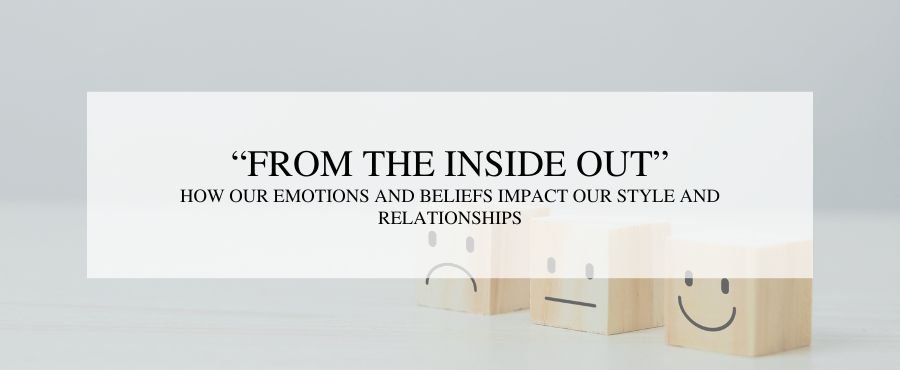That’s right, depending on its use, no material may be…
This is something that we have been questioning for some time 🤔 to what extent does the sustainability of materials go, if for example, a large-scale clothing brand begins to launch all its collections in linen and distribute them massively around the world, at that moment it would no longer be “sustainable”, since the amount of waste would be exaggerated; Another example is if you buy a garment made of natural fibers and you only wear it once or you thought it was cute but you only kept it in your closet, over time something happened to it, it got stained, you no longer liked it or you simply threw it away, then you buy another one. and another that you don’t wear, there those garments are no longer sustainable…
The same thing happens with natural dyes, if their processes were industrialized they would also stop being “ecological” because everything on a larger scale has its consequences and not positive ones precisely for the planet or for us, even if we feel detached from it.
There it becomes evident that SUSTAINABILITY GOES BEYOND A MATERIAL and that in the end it is not so much the fabric or the inputs that matter, but rather the use and exploitation of the products. This includes ethical and social aspects, in addition to environmental impact.
And you may wonder how do I know if I am being sustainable?
If you have a garment that you use practically every day, it is the most sustainable garment you can have and if you also repair or customize it after a while, you are taking advantage of and extending its useful life to the maximum; thus promoting circularity and avoiding more production and consumption.
So beyond the materials, question yourself, be more aware and learn to choose, start by investigating where what you consume comes from, how it was produced, the working conditions, the packaging used and above all the use you will give them, because it can be the most artisanal garment in the world, but if you are not going to use it, all the effort of the artisan with his processes was lost and it automatically stopped being sustainable.
Or what do you think? Leave us your comments below and follow us on Instagram for more green tips.
Greetings, Vero.













